Day 11 - Never mind, I found the glacier.
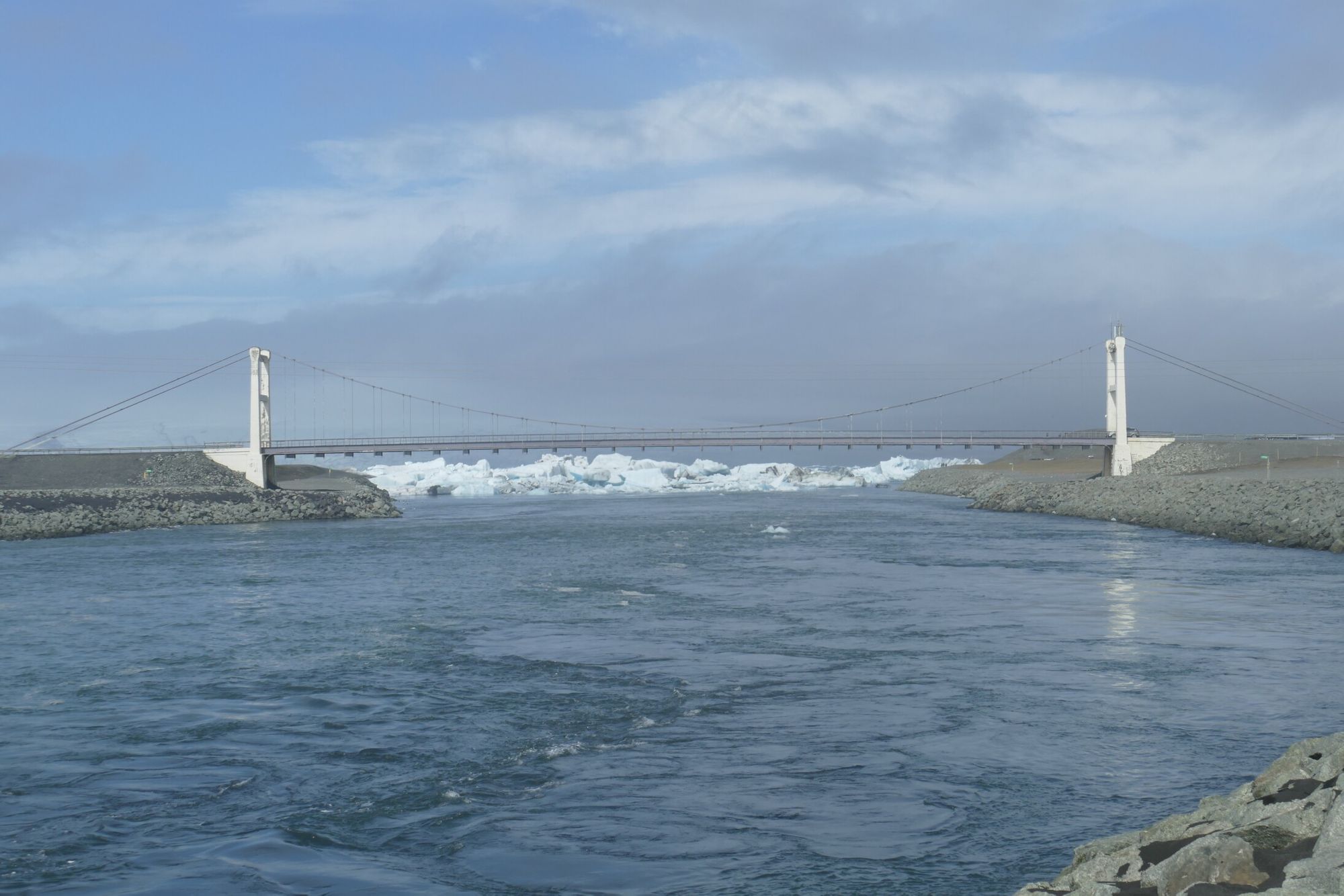
In fact, I had found three different outlet glaciers of the Vatnajökull glacier on my way to my next destination.
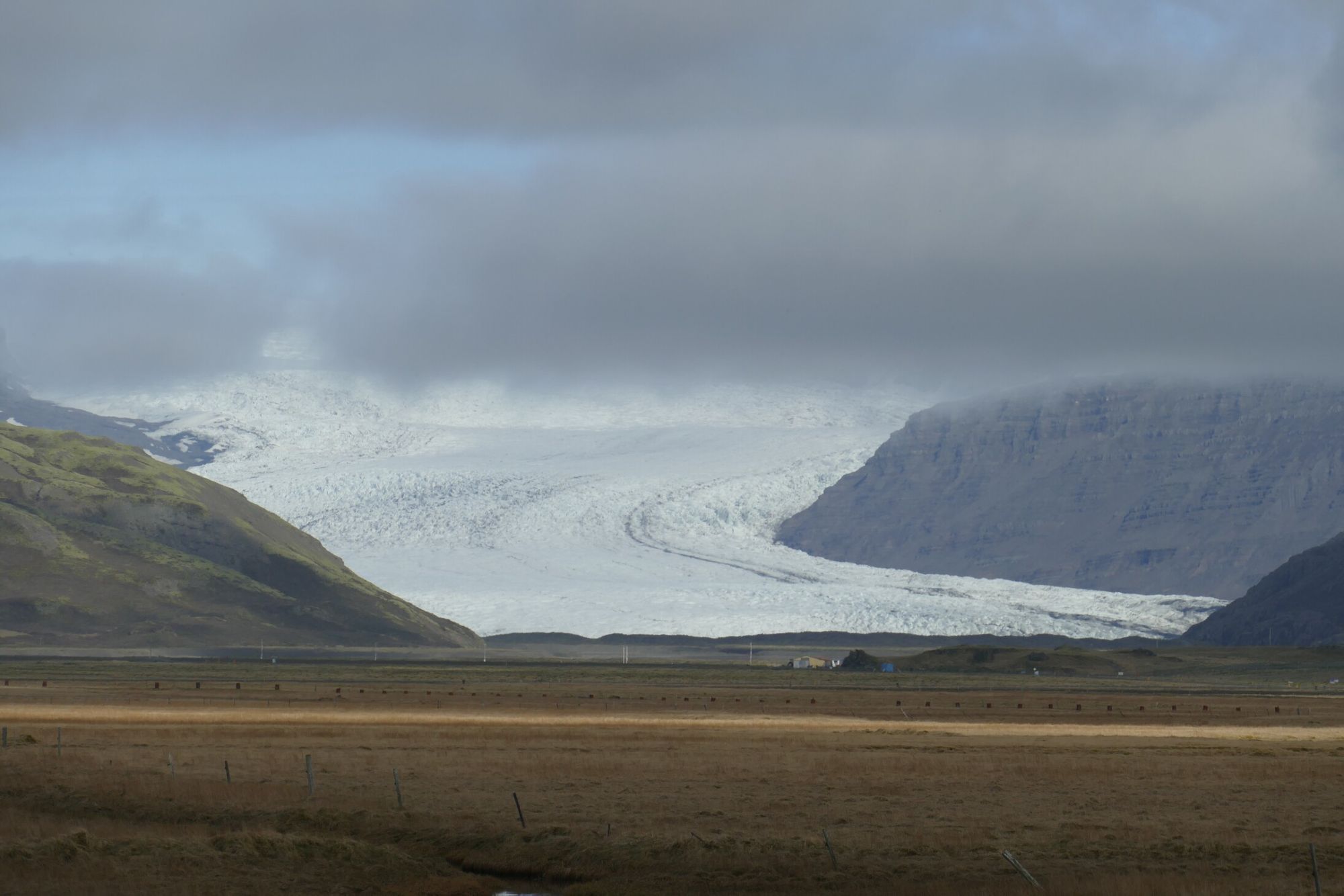
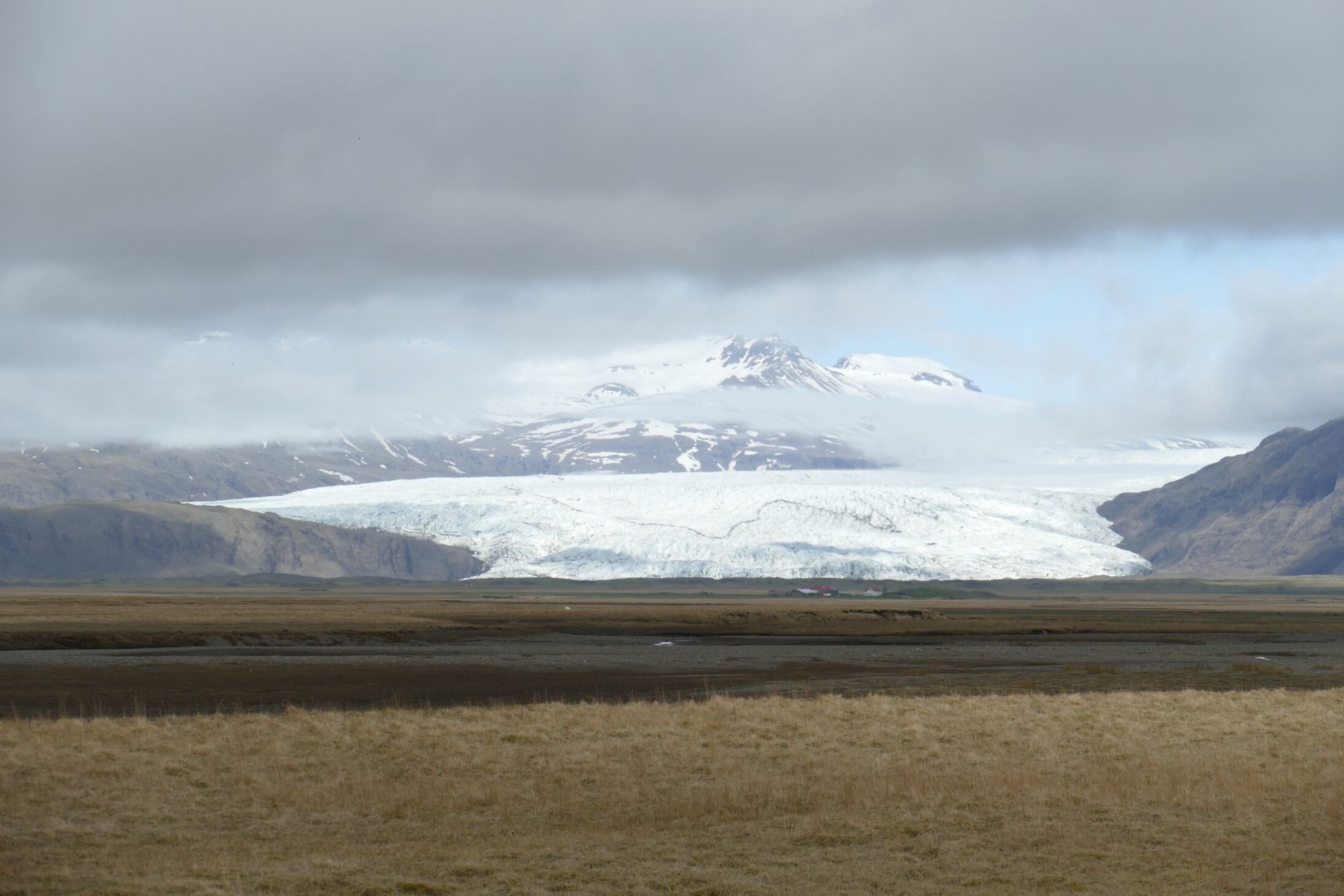
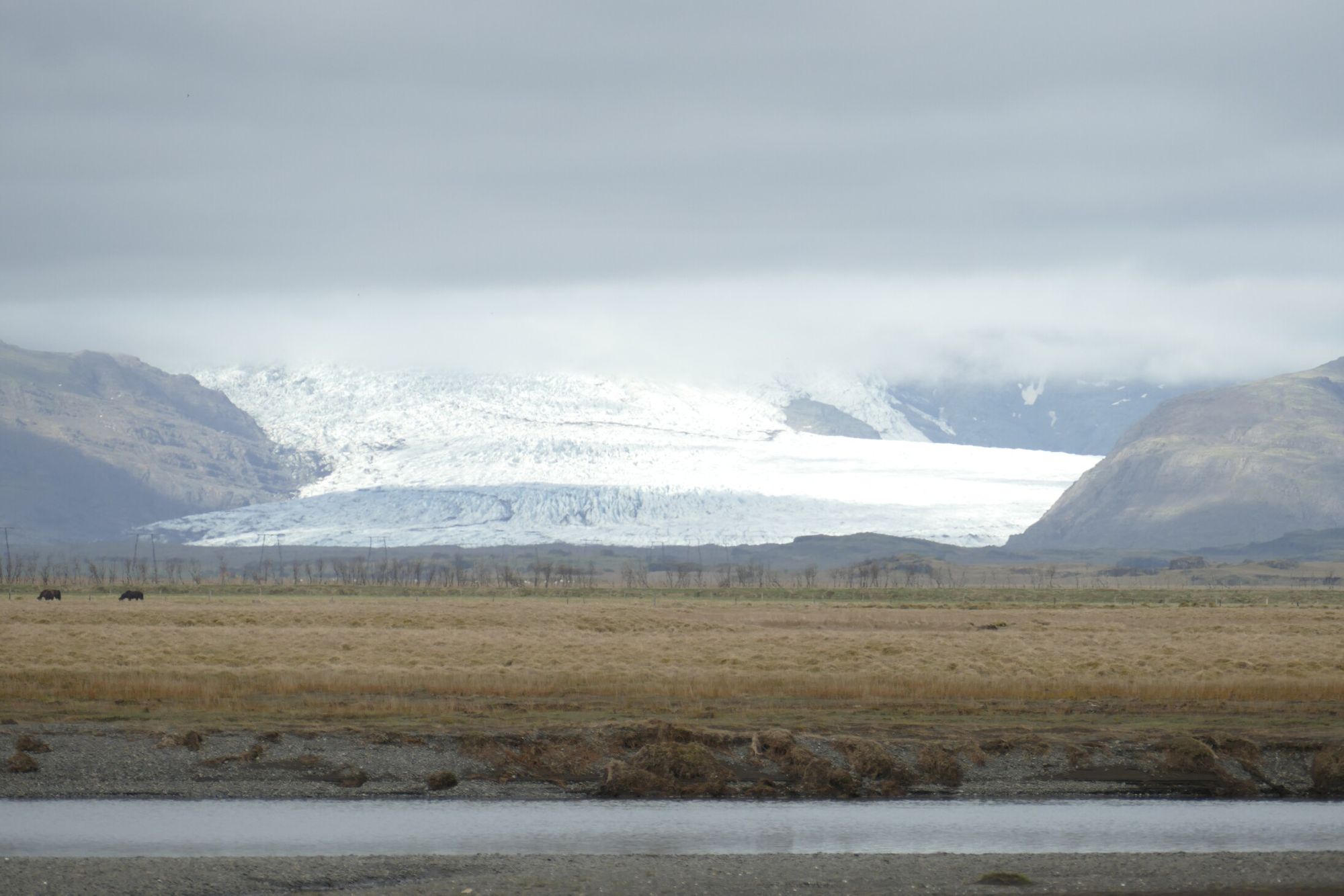
A friendly heads-up to all readers, this post will contain pretty much all facts that today's tour guide on Jökulsárlón dropped on us. You have been warned.
The trip to day from Höfn to Hof (I'm not making this up) had just one planned stop, pretty much the main event that everything so far has built up to, the visit to Jökulsárlón. Literally this translates to glacial river lagoon and in dry words, it's a lake into which one of the outlet-glaciers of Vatnajökull releases icebergs.
First the facts. Jökulsárlón is 8km long, from the glacier cliff to the outlet into the Atlantic ocean and about 2km wide (if you add the side arm, it' a total of 6km. It's Iceland's deepest lake at a maximum depth of 300 meters.
As a special treat, I had booked a one hour tour of the lake on a Zodiac boat.
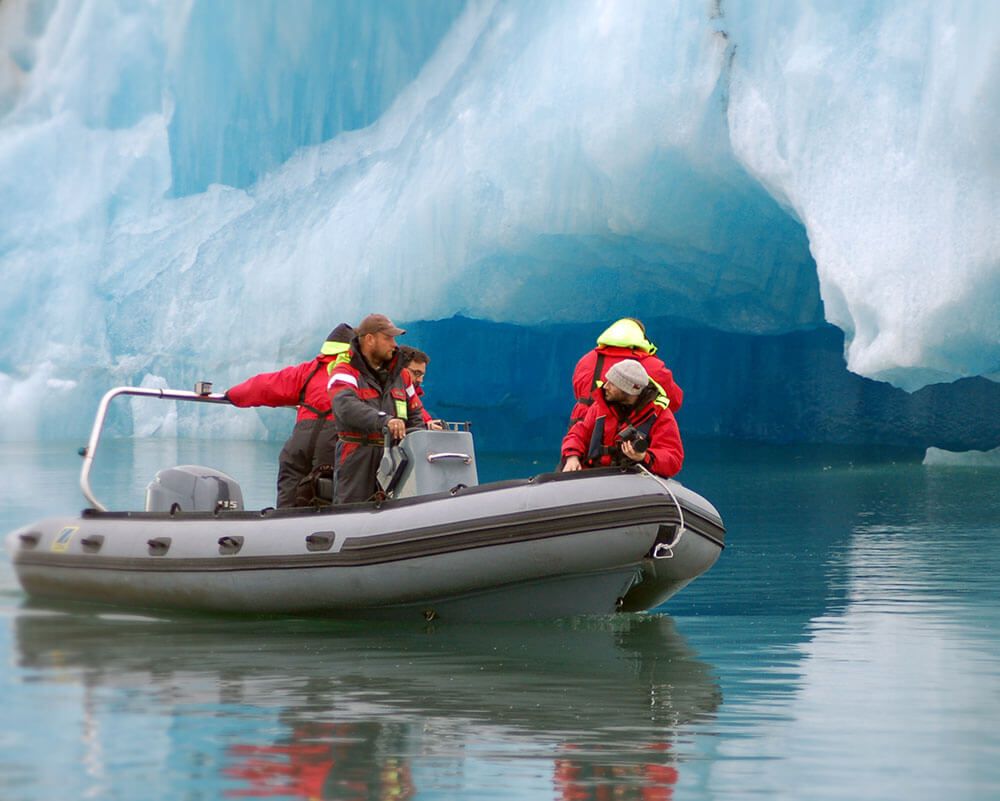
I arrived at the scene in quite some fog with about an hour to spare before the tour started and as it turned out, the timing could not have been better. Makin good use of the time I had before the tour started, I set out to discover the scenery from the land.
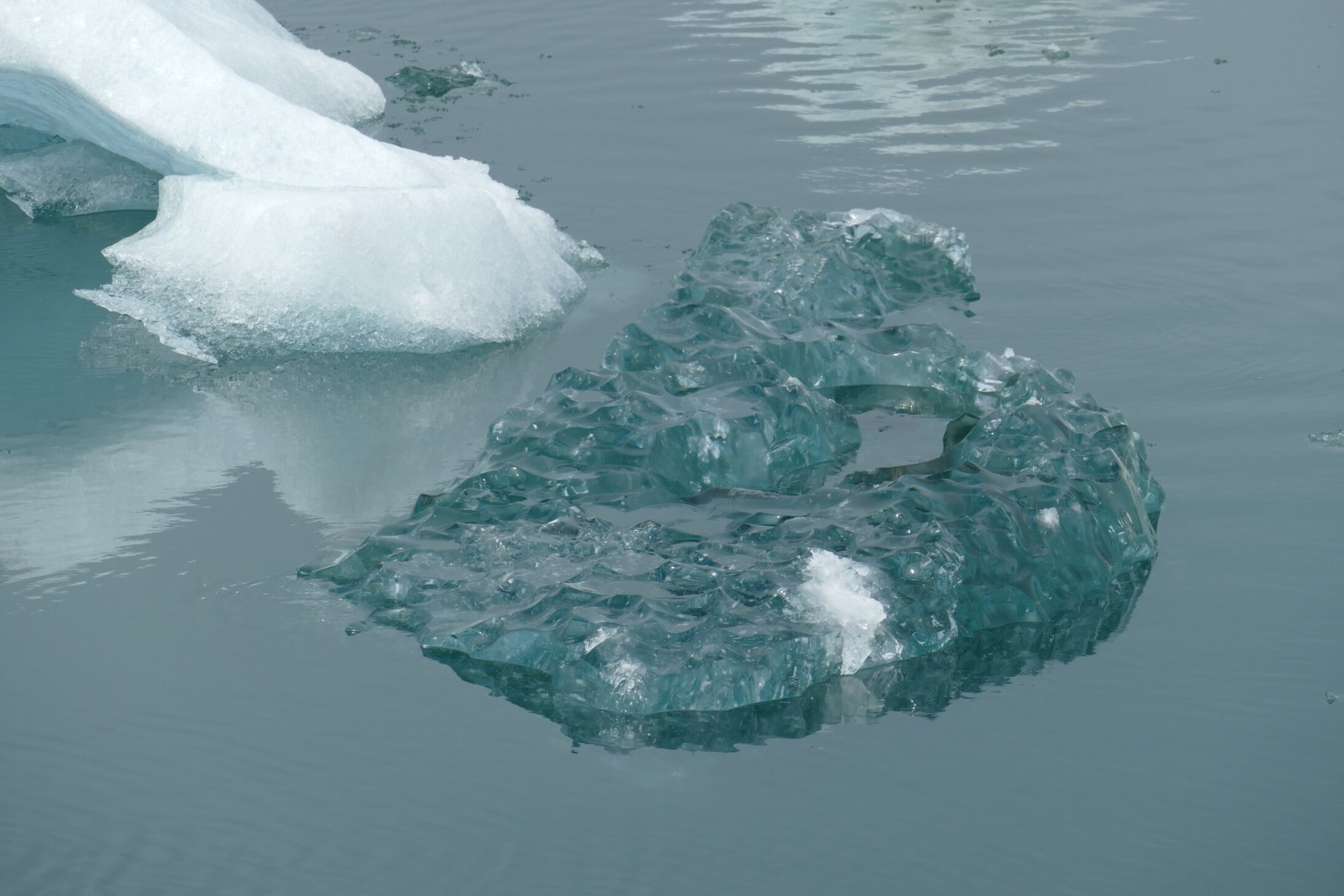
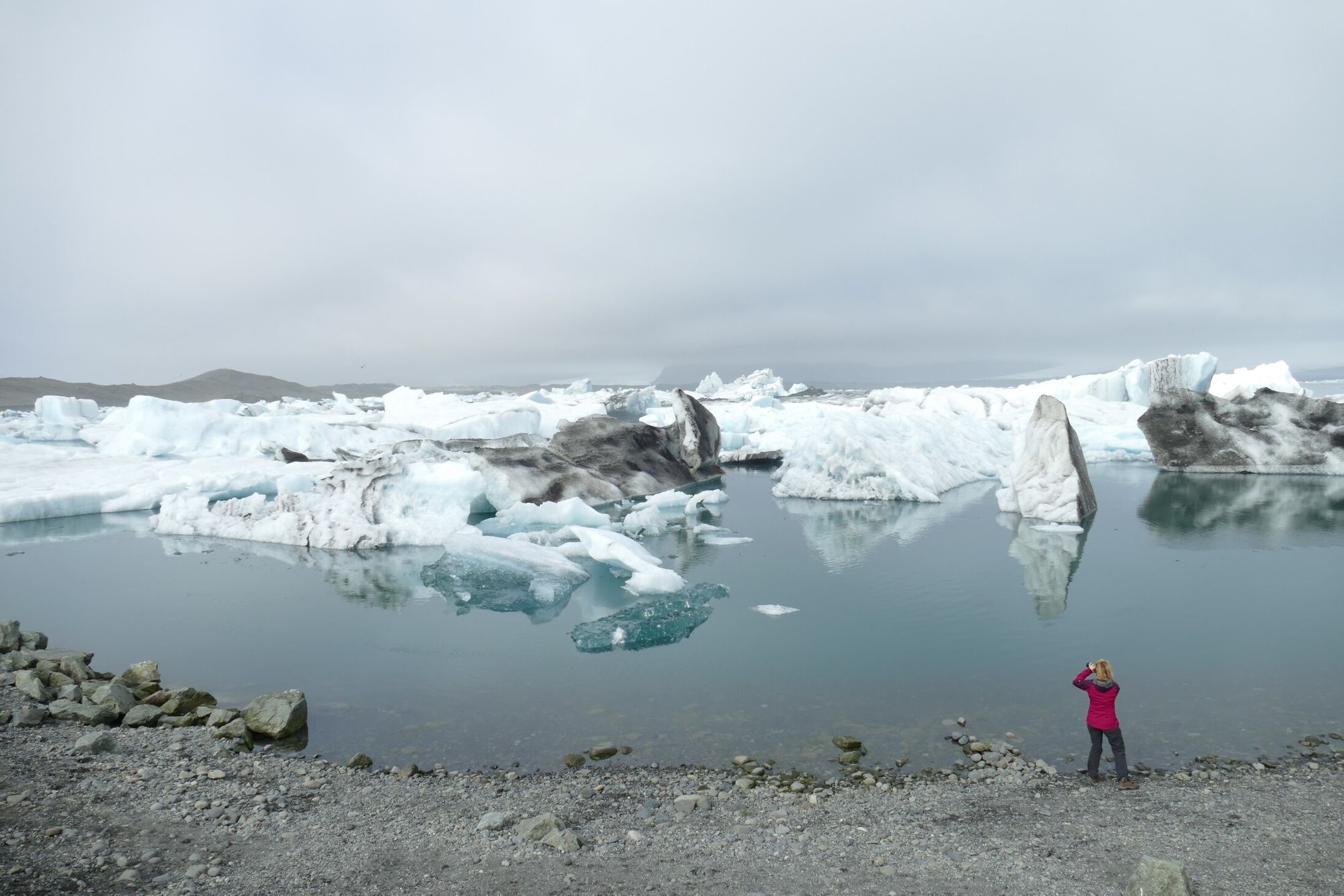
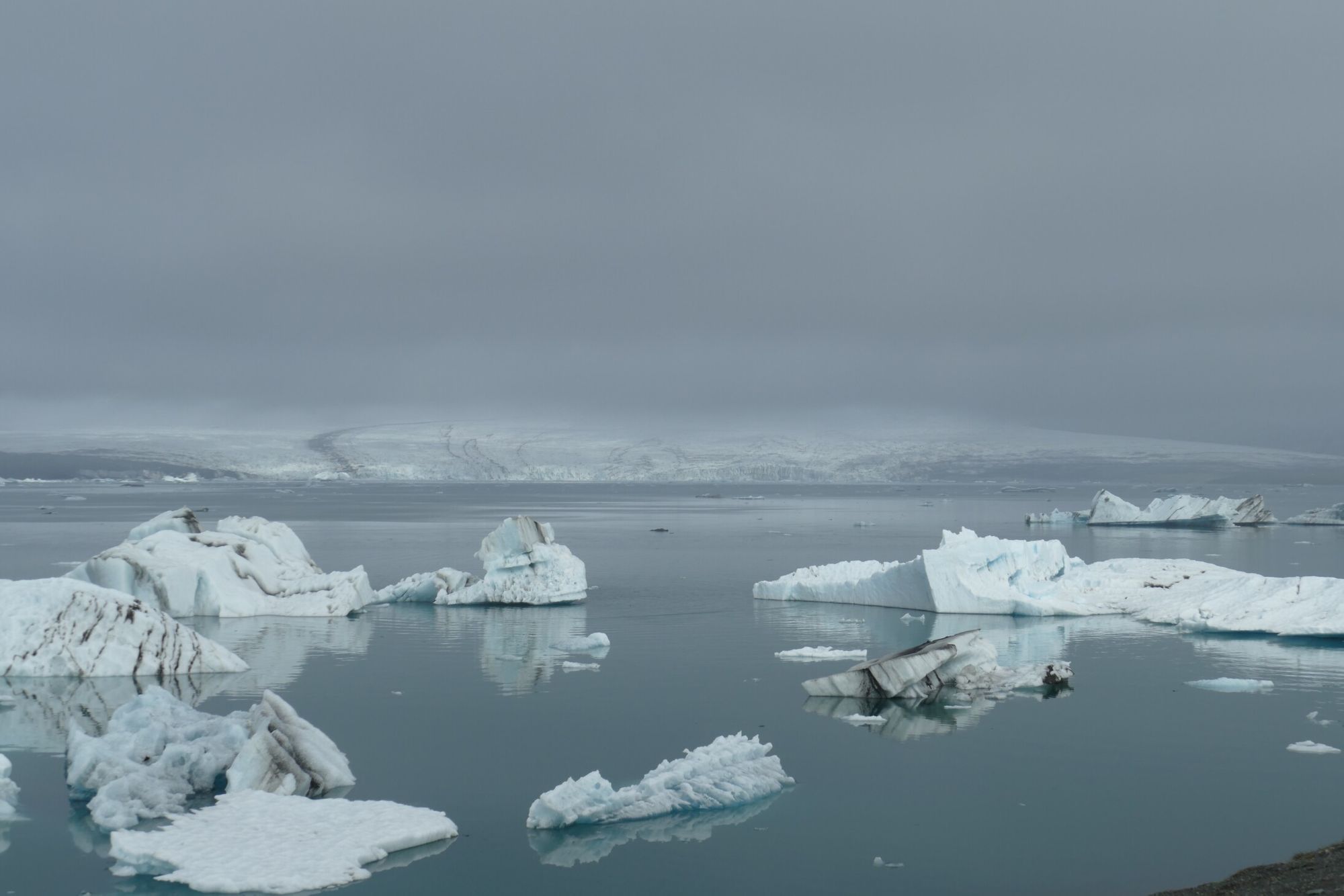
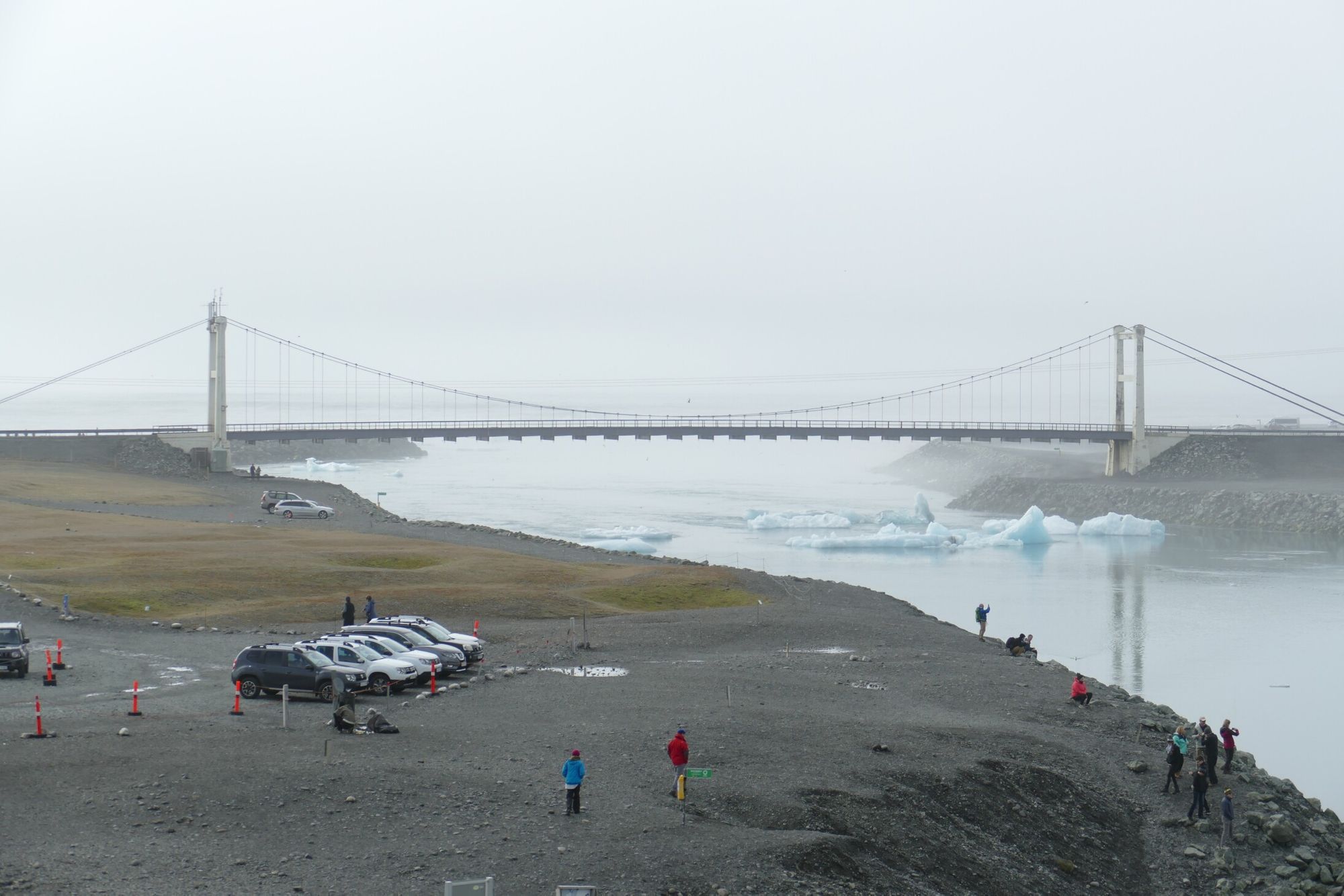
As soon as we had put on our life vests and had made our short walk to the jetty, mother nature really did me a massive favour and lifted the fog from the lagoon, allowing me one of the most magical hours of my entire life (the luck I had got relly incomprehensible, when the fog pushed itself back into the lagoon as we were about to return ashore).
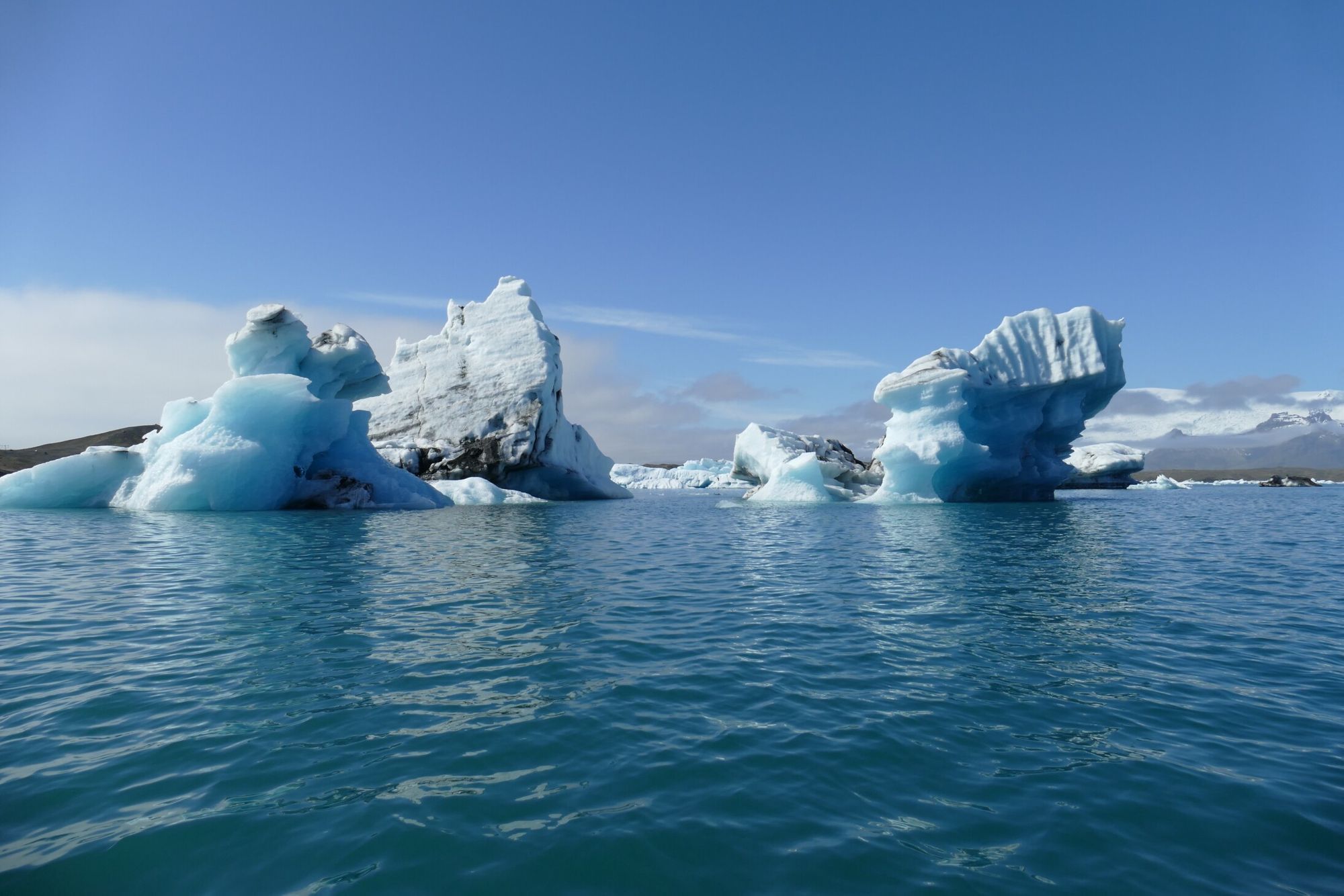
As said and heard very often, icebergs hide their true extent very well as up to 90% of their mass and volume is under water. This was also the main reason why the boat kept a 30 meter safety distance to the larger ones. None the less this gave the opportunity for some breathtaking pictures
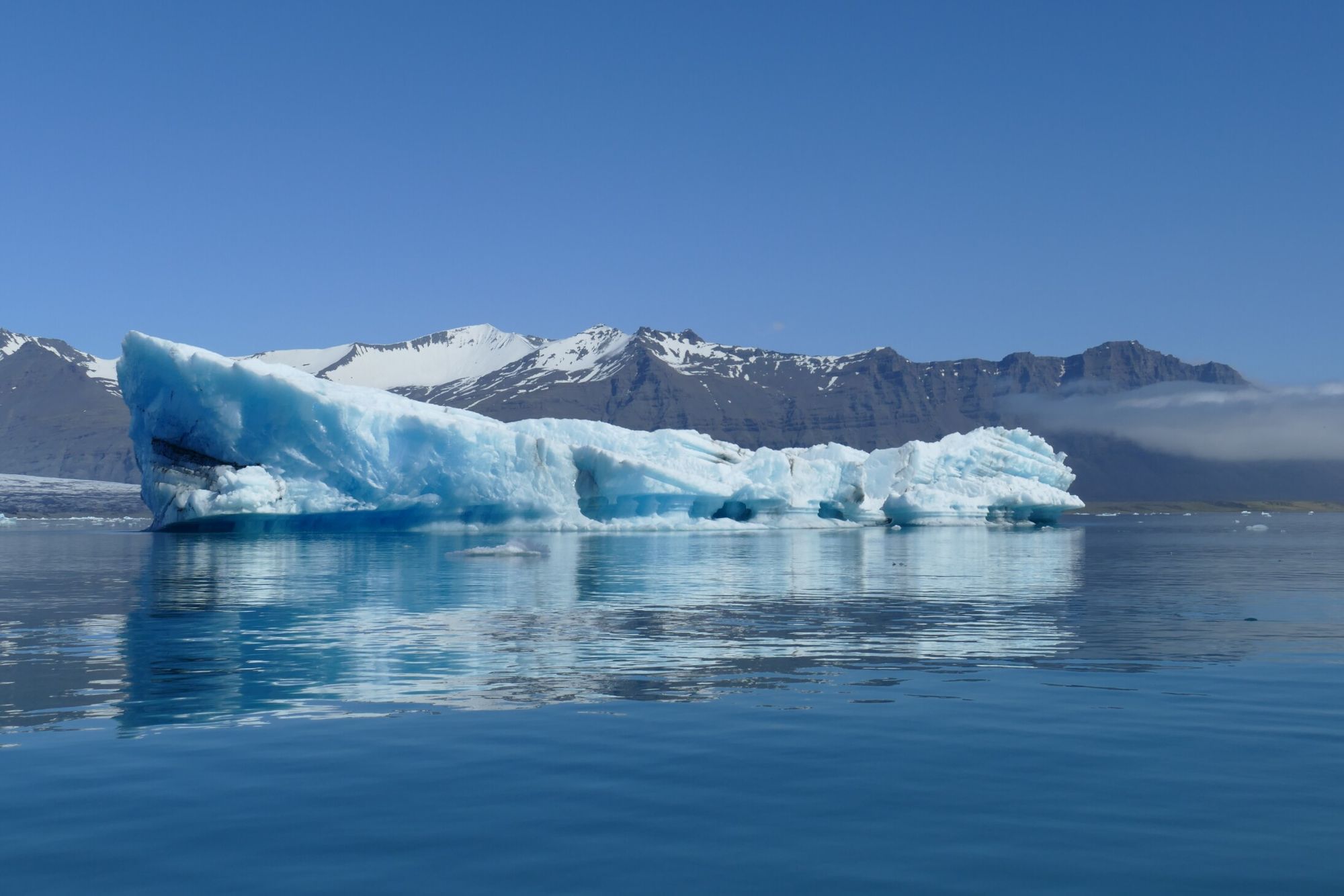
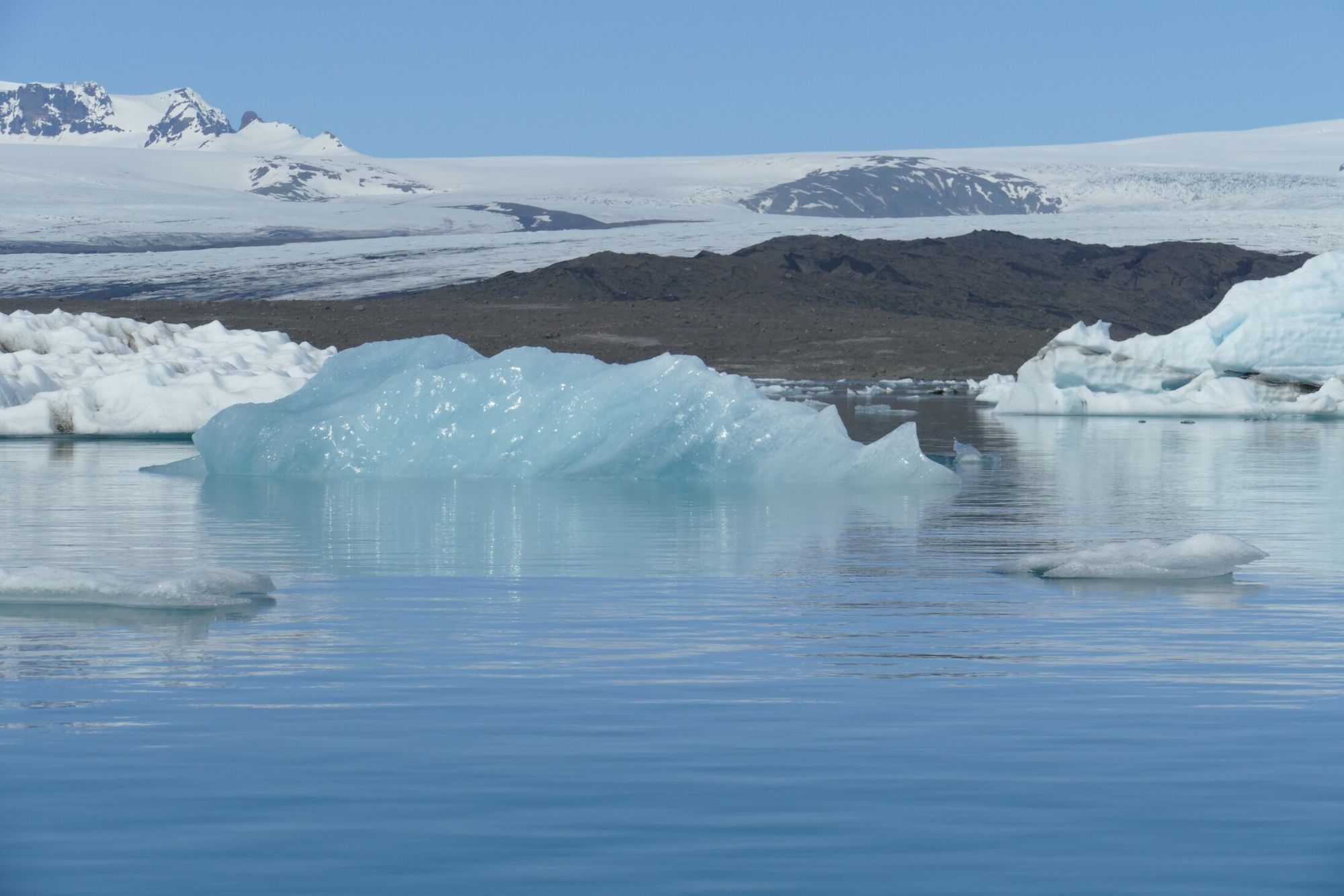
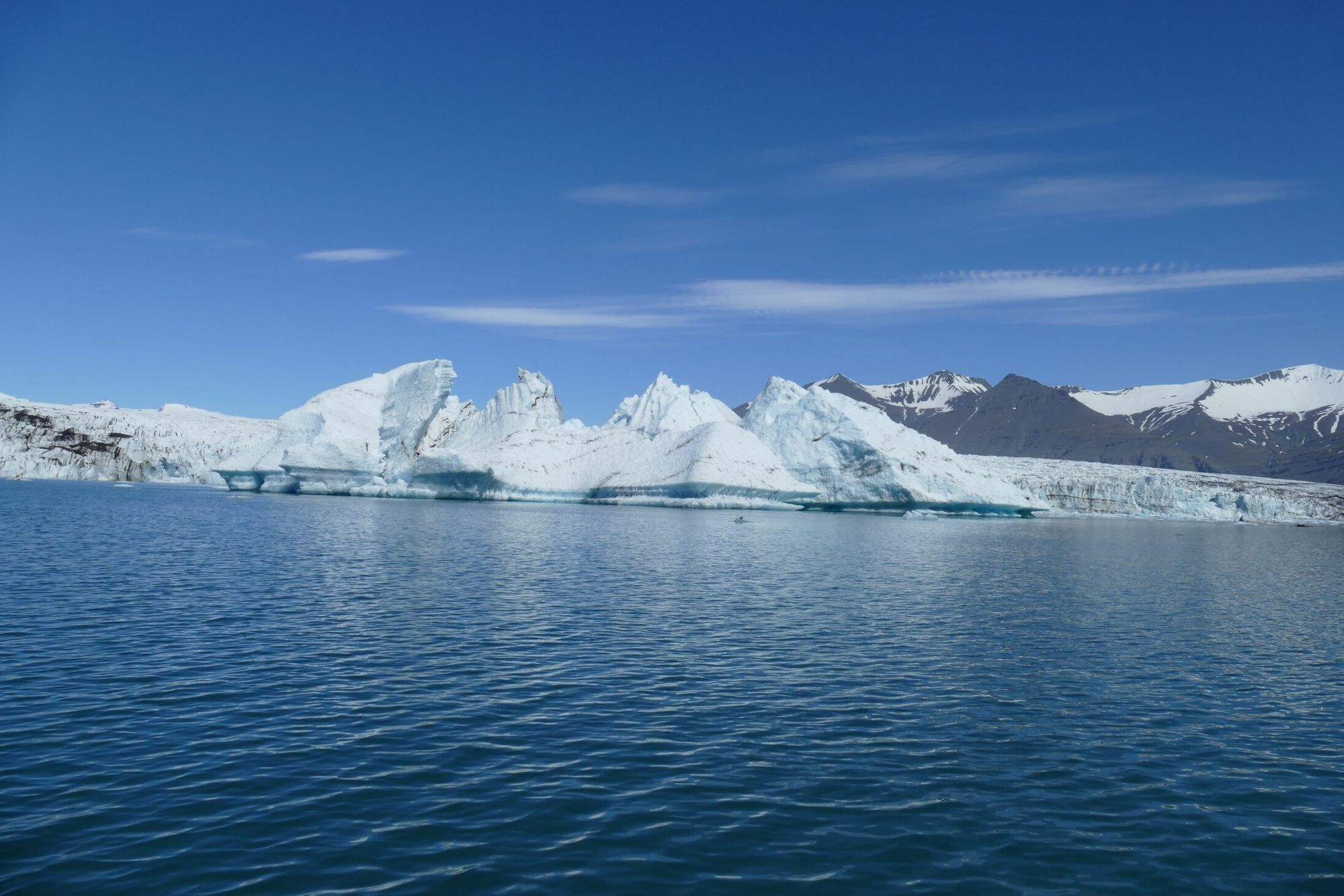
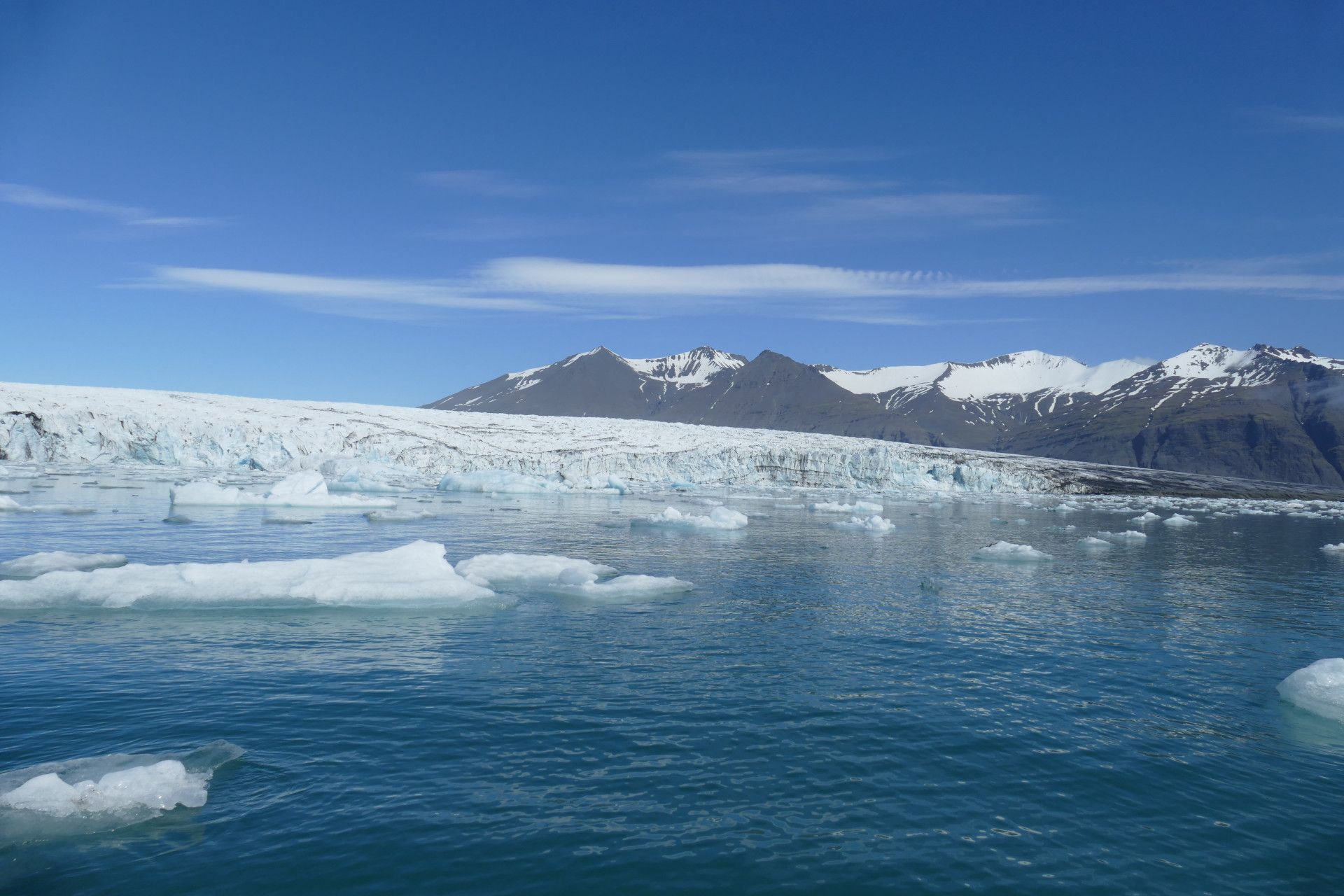
The fourth picture above shows the edge of the glacier from where the chunks of ice break of. This was an impressive reminder on how easy it is to misjudge distances and dimensions. As I didn't check the map of the area, I only had my estimation to measure the distance of the ice edge and its hight, which were way off (my guess was about 1km distance and a few meters height).
As written above the distance from the suspension bridge (also the location of the visitor center) to the glacier cliff is 8km and the cliff stands 25 meters above the water (however more impressively is the 200 meters that it continues under water.
These numbers also explain the size of the iceberg on the third picture above. This is the largest iceberg currently in the lagoon (those monsters take about two months before they have melted far enough to float out under the bridge into the Atlantic). It is around 30 meters long, 20 meters wide and around 15 meters hight (all above the water) and probably stuck on the ground of the lagoon which at this point is around 60 meters deep (the radar depth sensor on board was quite useful at points). Using the 90:10 or even a more conservative 80:20 ratio, the scale of this block of ice under water is unimaginable.
As for the different colours, the standard is white. The black comes from sand and ash deposits that were blown onto the glacier. The blue and clear ice comes from parts that have until recently been under water (the water polishes away the outer layers and makes the ice clear and shiny).
Two other figures, given by our tour guide, were also impressive, one, that it takes about 1000 years from snowfall to the ice breaking of at the cliff and two, the snow gets compressed in those 1000 years beyond believe. One km² of glacer area produces enough ice for one m² of iceberg surface above water.
During our tour we were also greated by the local wildlife. Mainly seals and birds.
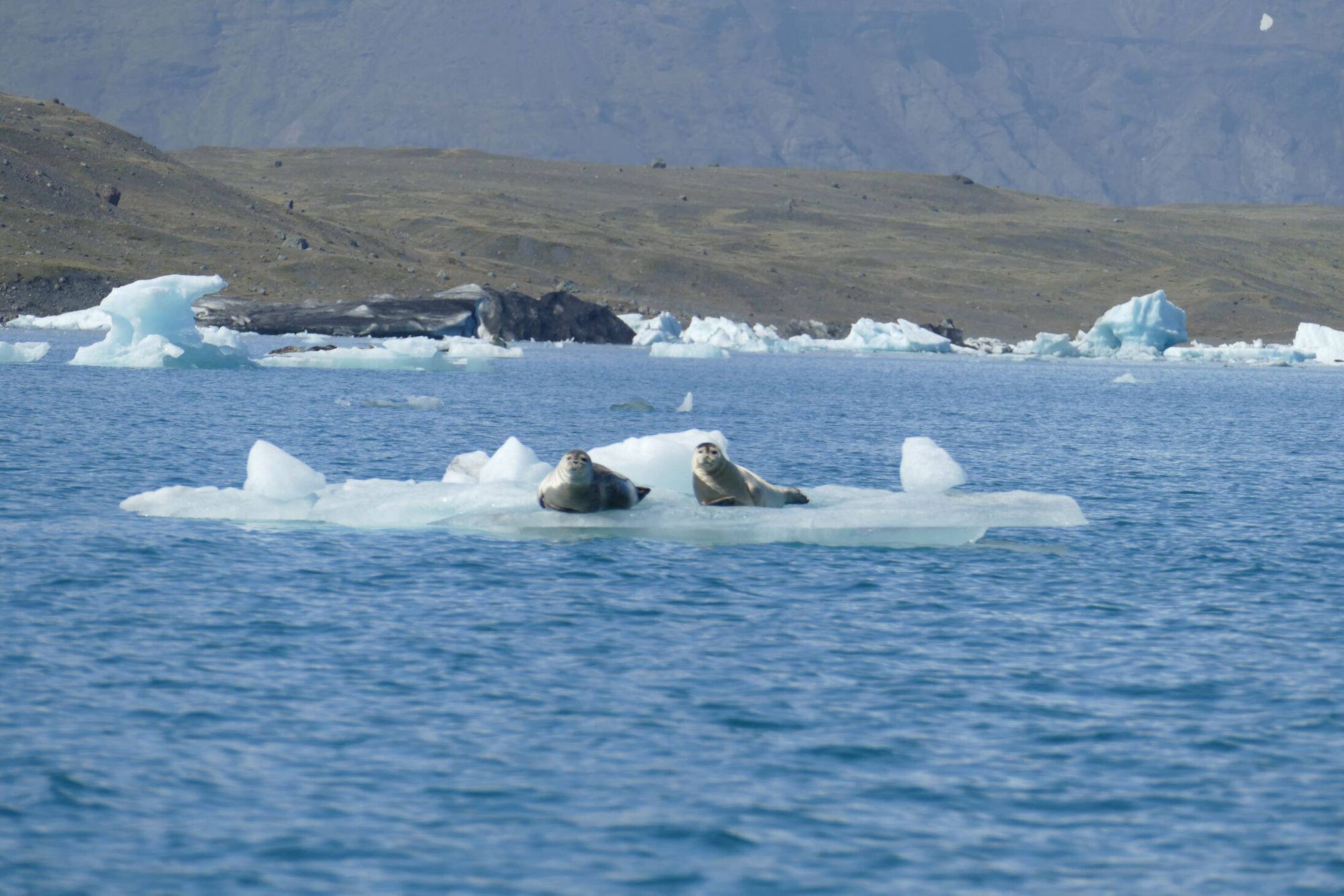
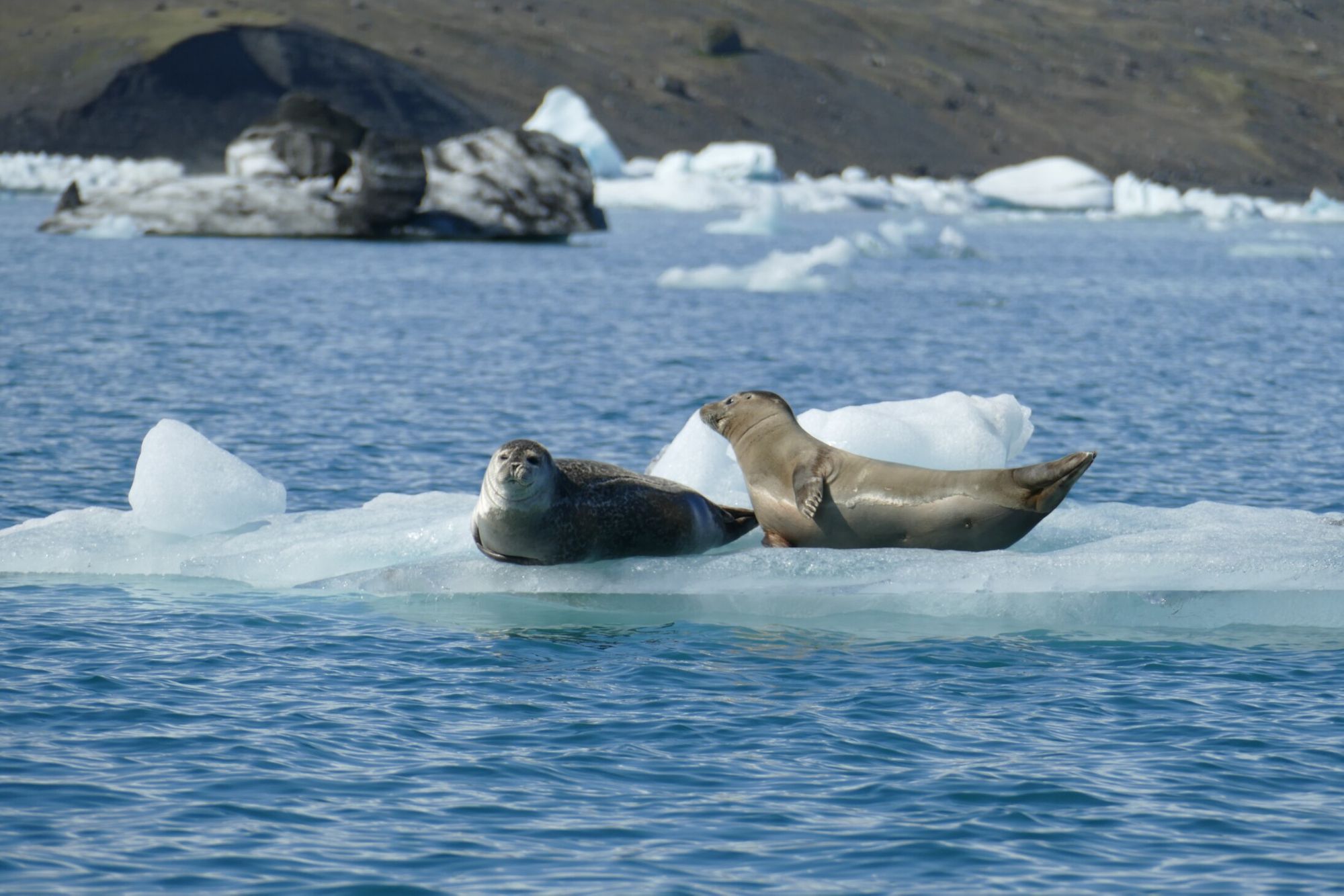
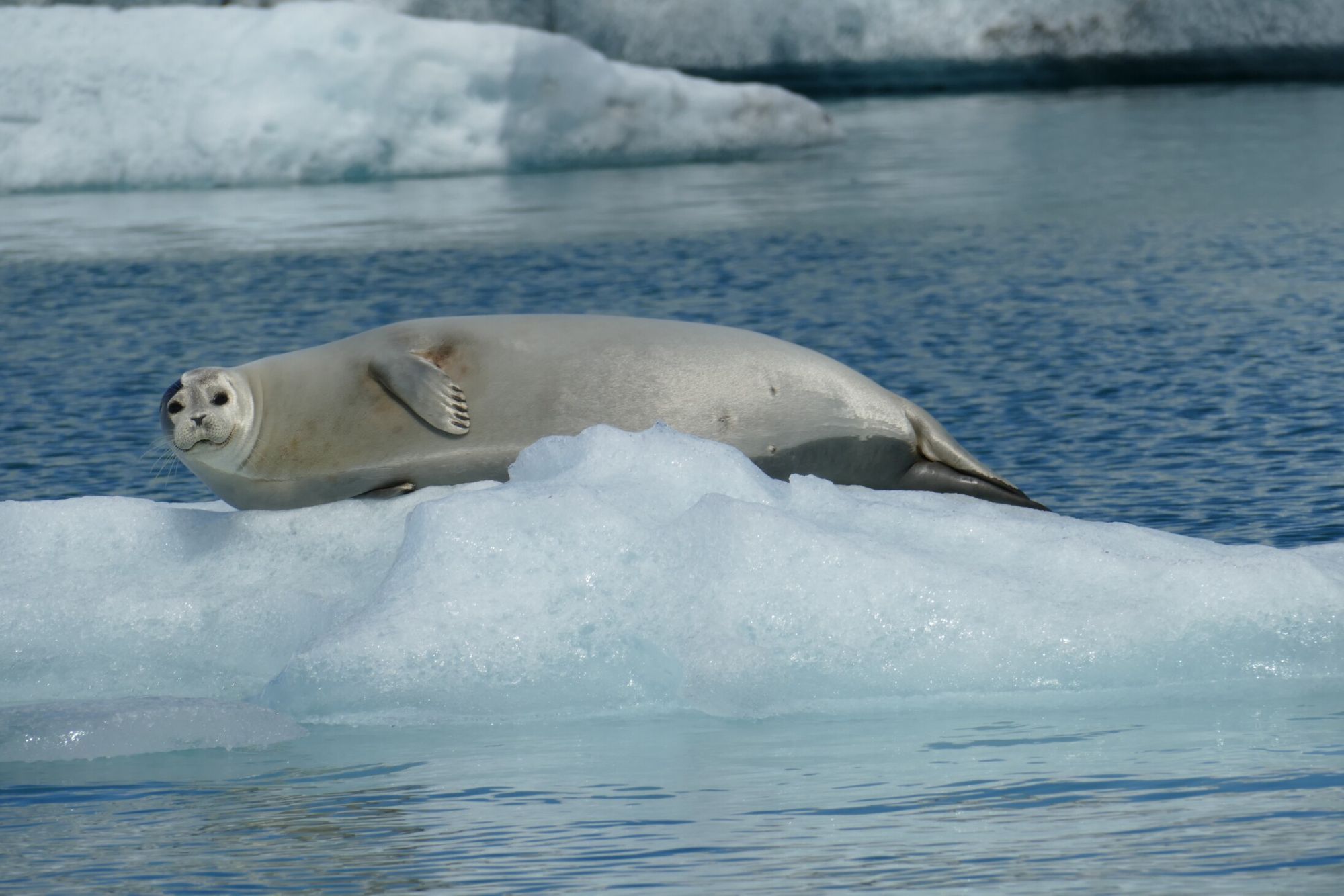
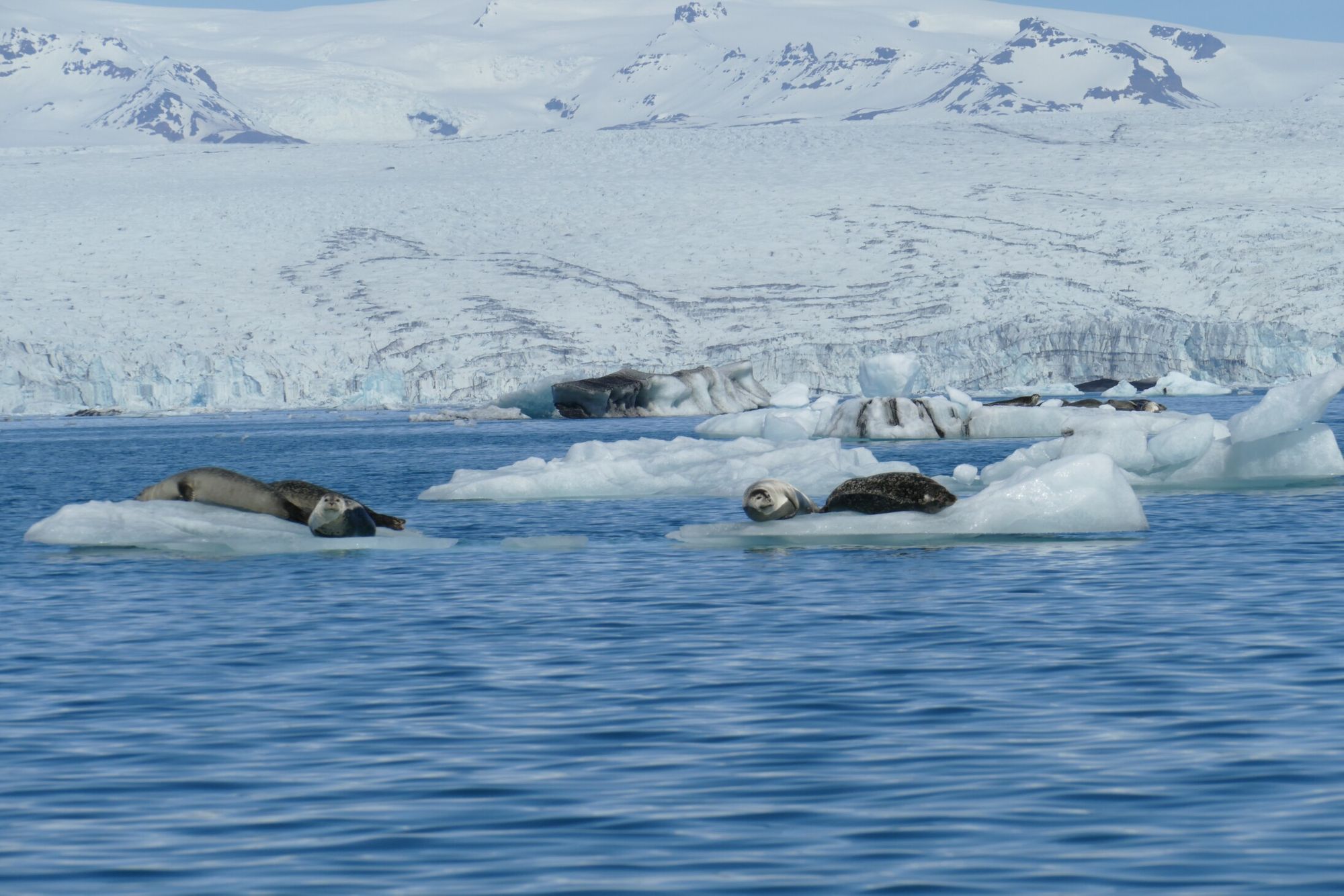
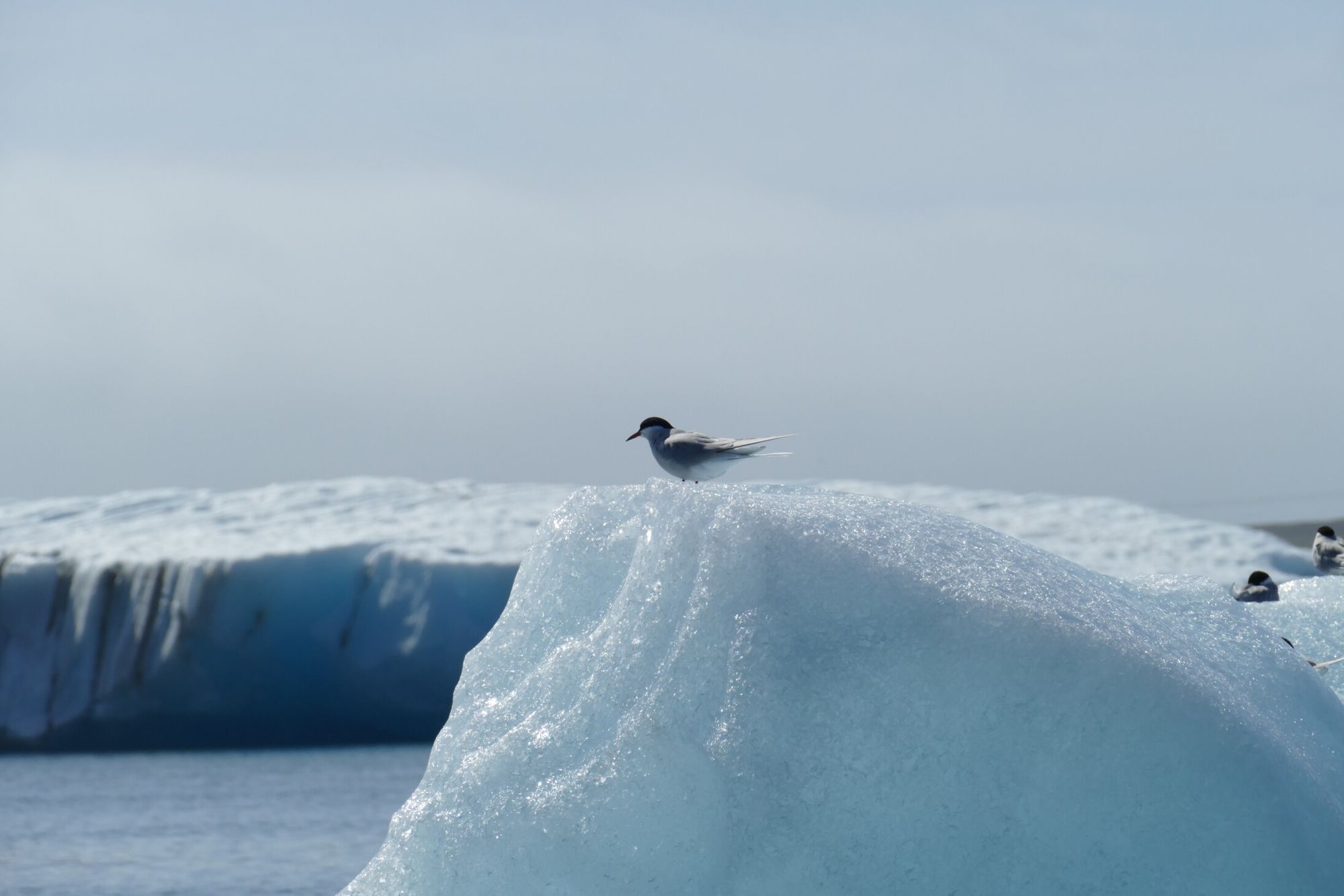
As the seals have no natural predator in the lagoon and know that the boats pose no threat to them (aside form pissing them off occasionally, the fella on the third picture got a load of water into its face as the second Zodiac went by it on full speed).
The birds in the lagoon are visitors themselves and they dwarf my journey from Austria to Iceland by far. The species is called the Arctic Tern (a species of the swallow family) and they are notable to have the longest migration routes in the world as they tend to spend half the year around the arctic circle and the other half in Antarctica. Adding this up, these birds fly around 80.000 to 90.000 km per year and as they have a lifespan of 30 years, this adds up to an impressive figure of more than 2,4 million kilometers in their lifetime (I told you, I'd drop a lot of information in here).
After those amazing impressions, the hour on the boat was over and we returned to land, just in time to have some more fog coming in.

But the journey of the ice doesn't necessarily lead it out on the ocean. Depending on the tide and the winds, ice gets washed onto the shore of the volcanic beach, left and right of the suspension bridge. This lead to the name Diamond Beach
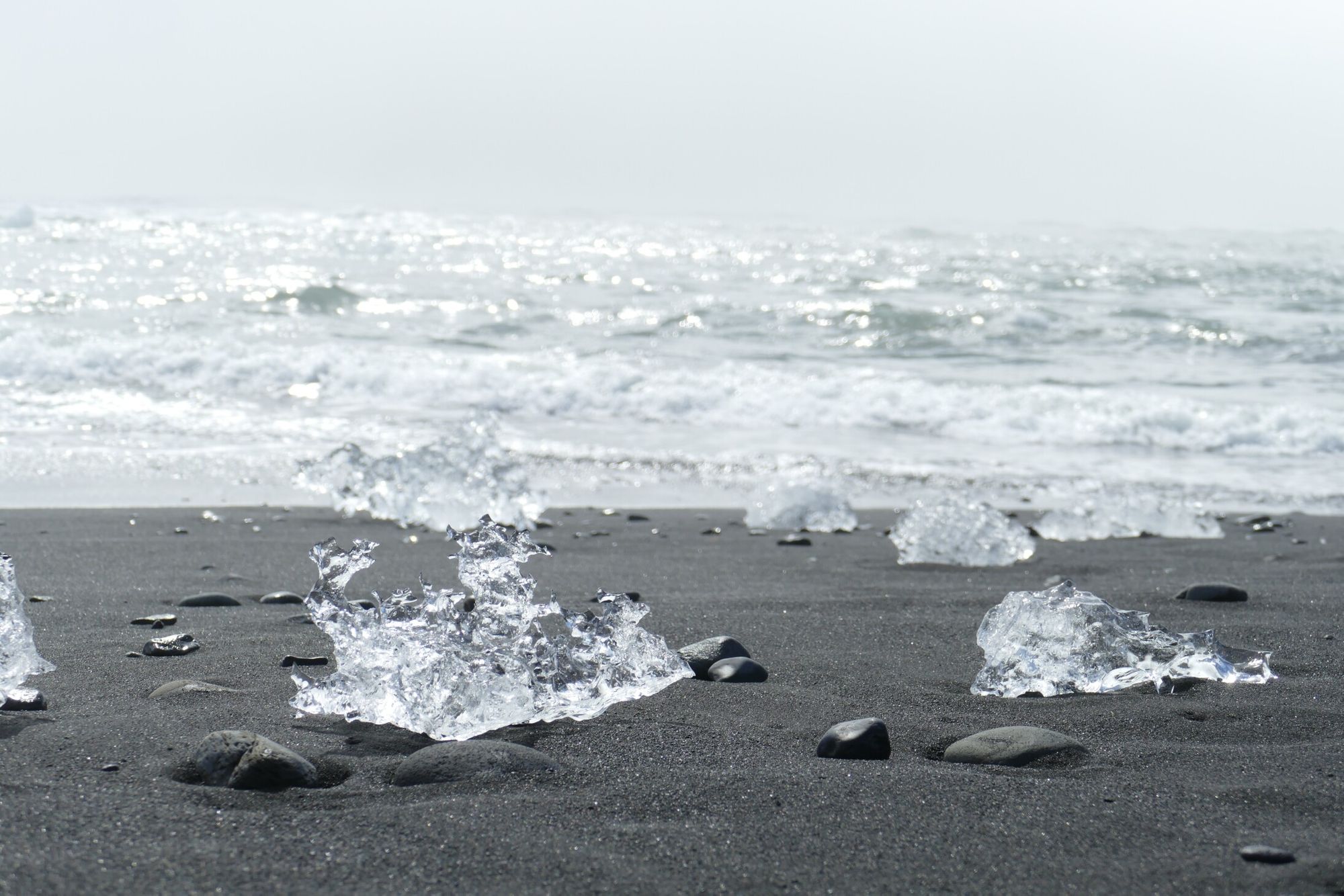
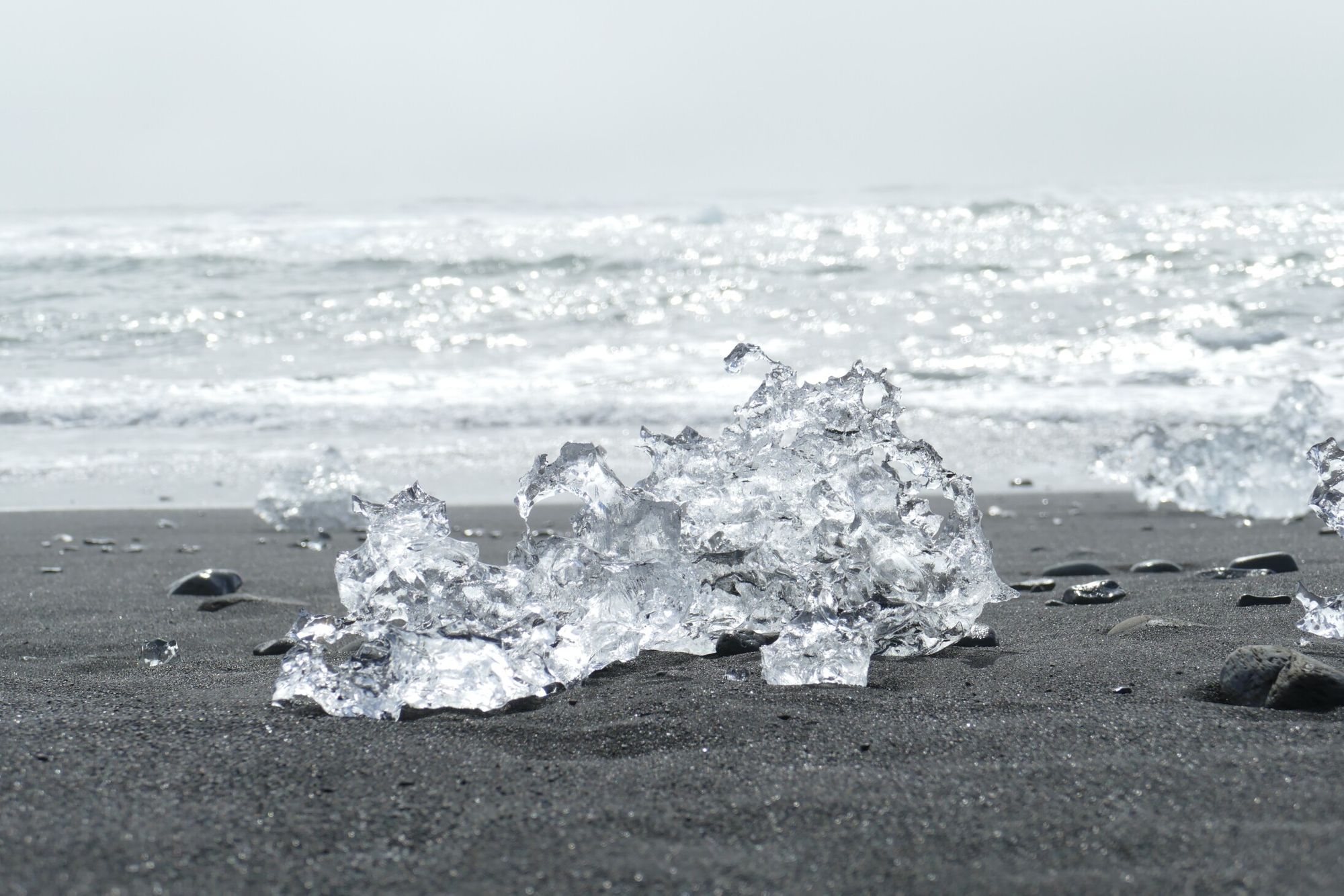
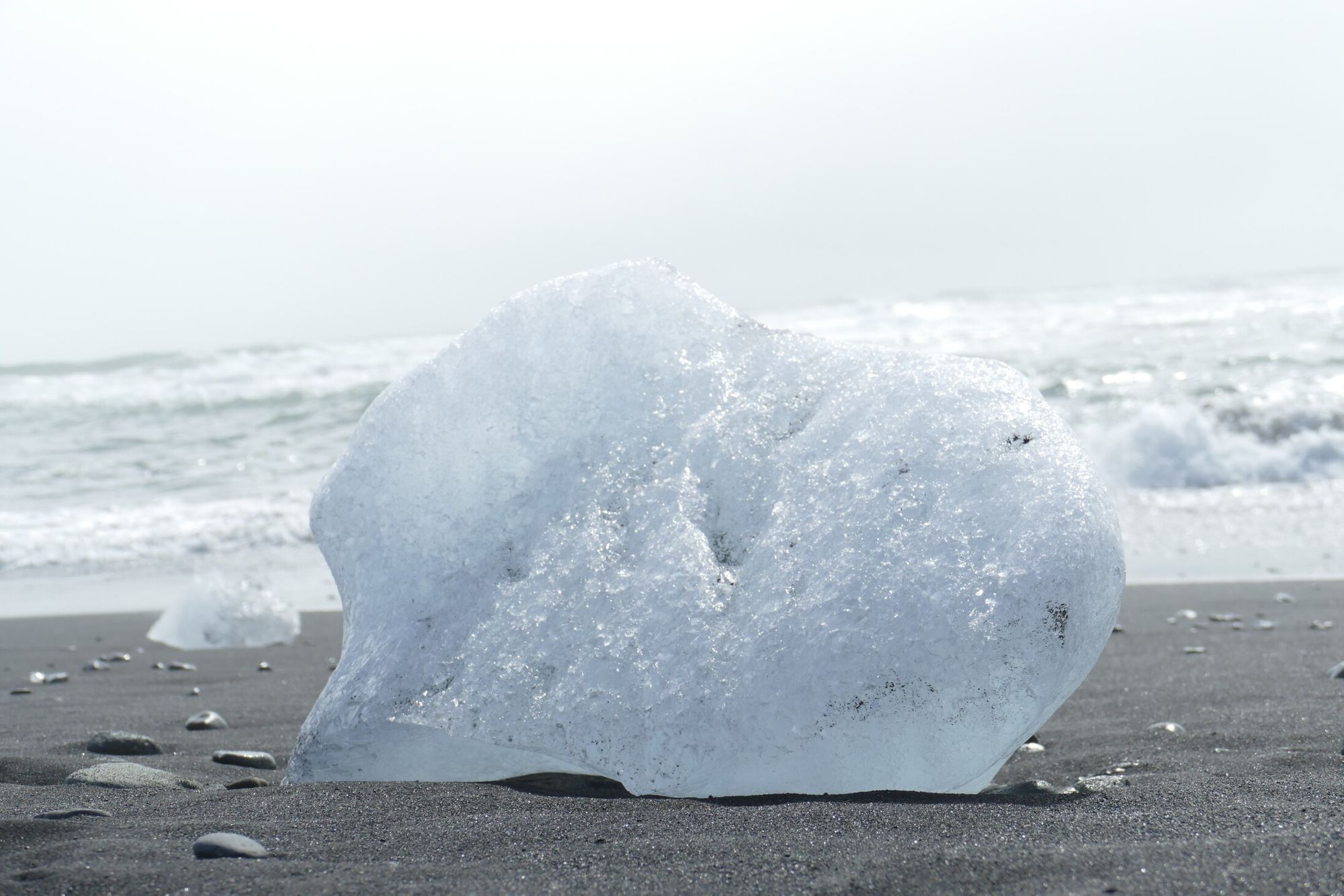
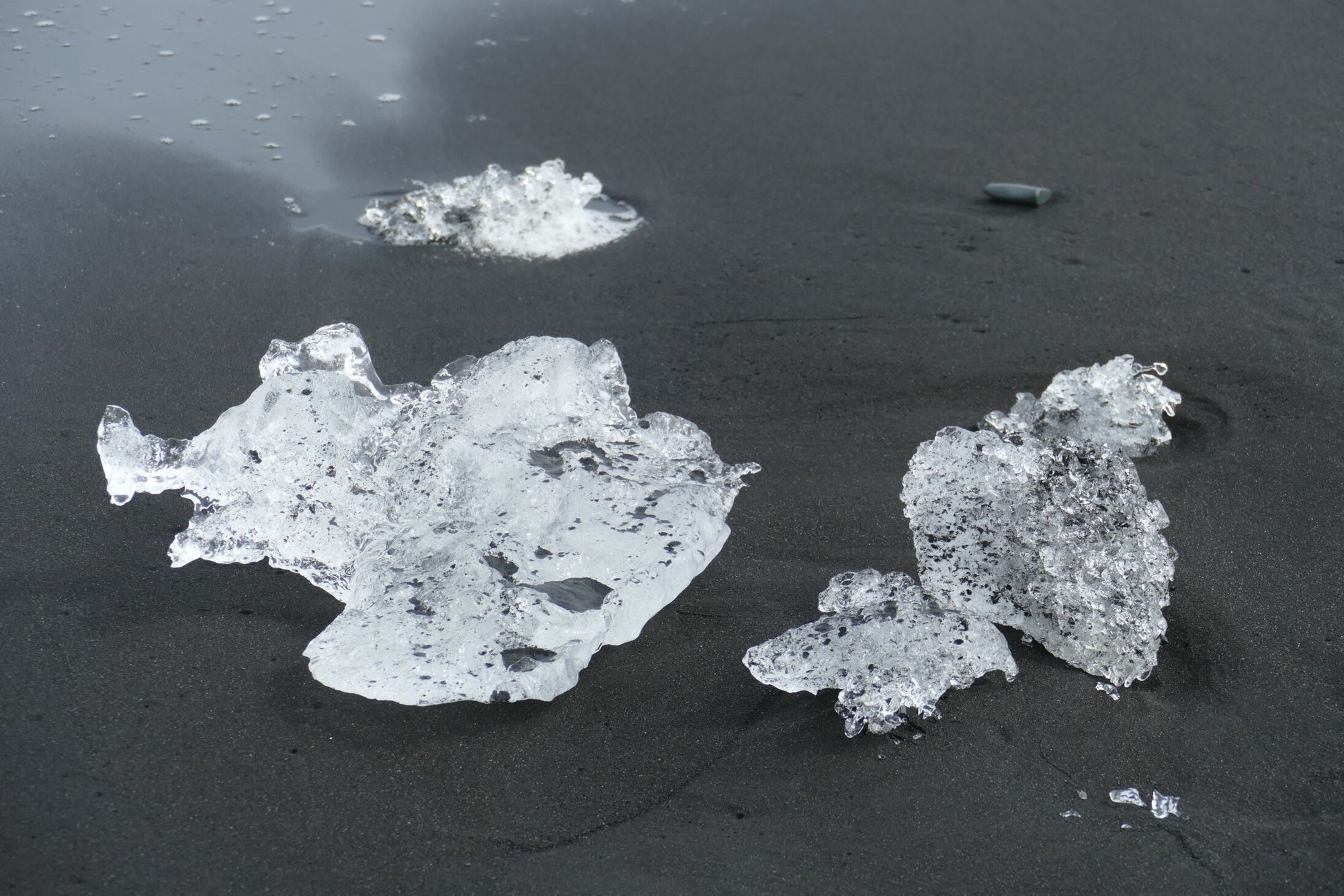
As with Myvatn, I find that I can only write rather factual descriptions, so I hope the images say the rest.